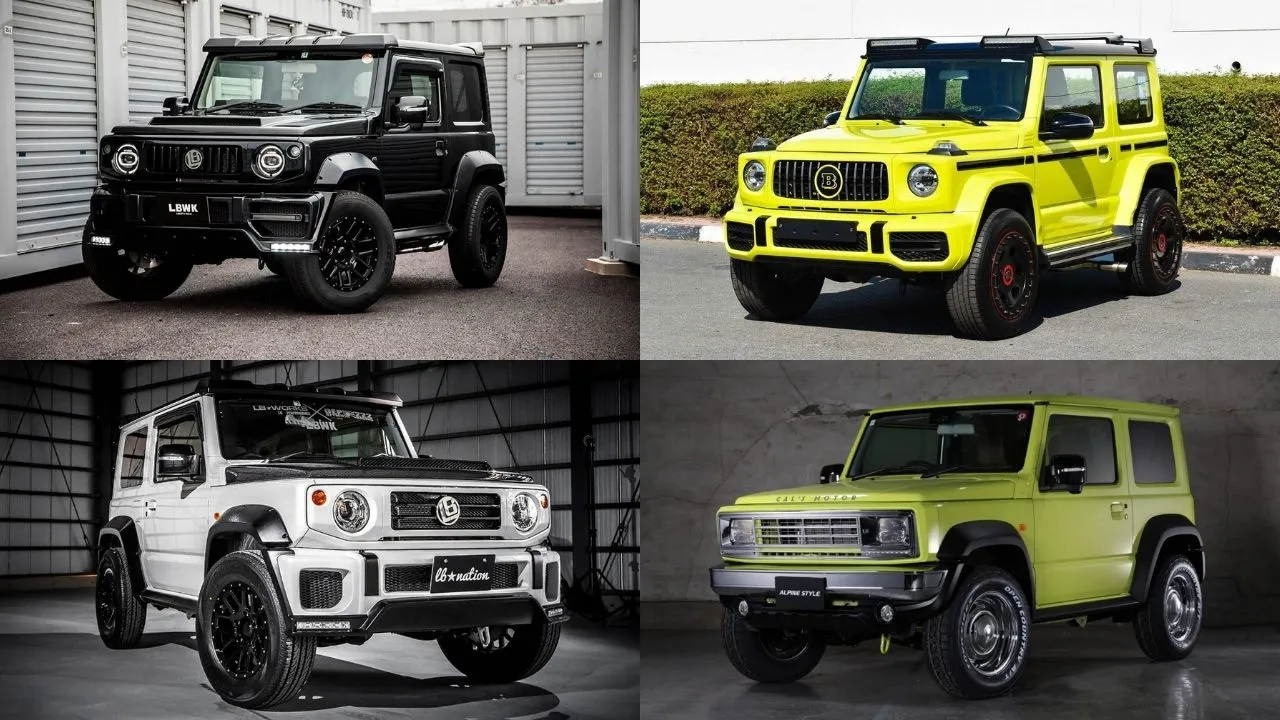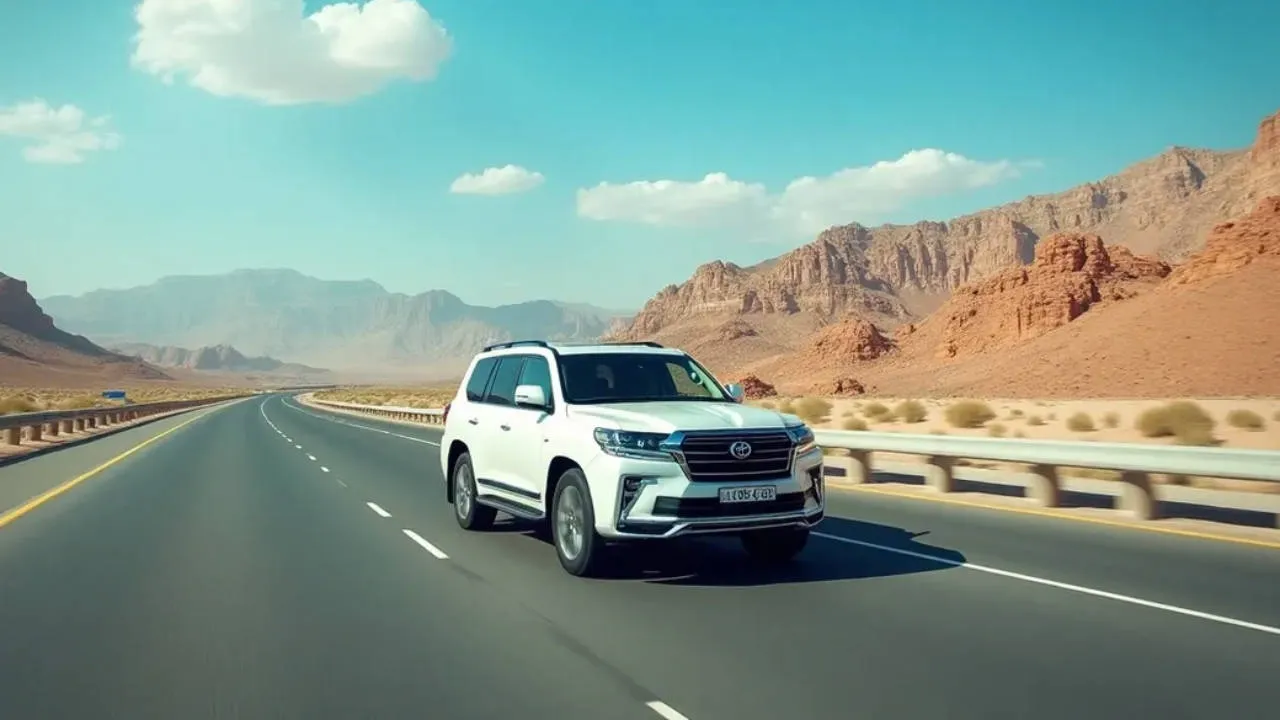Get To Know Your Car Better: A Beginner’s Guide To Automotive Terms
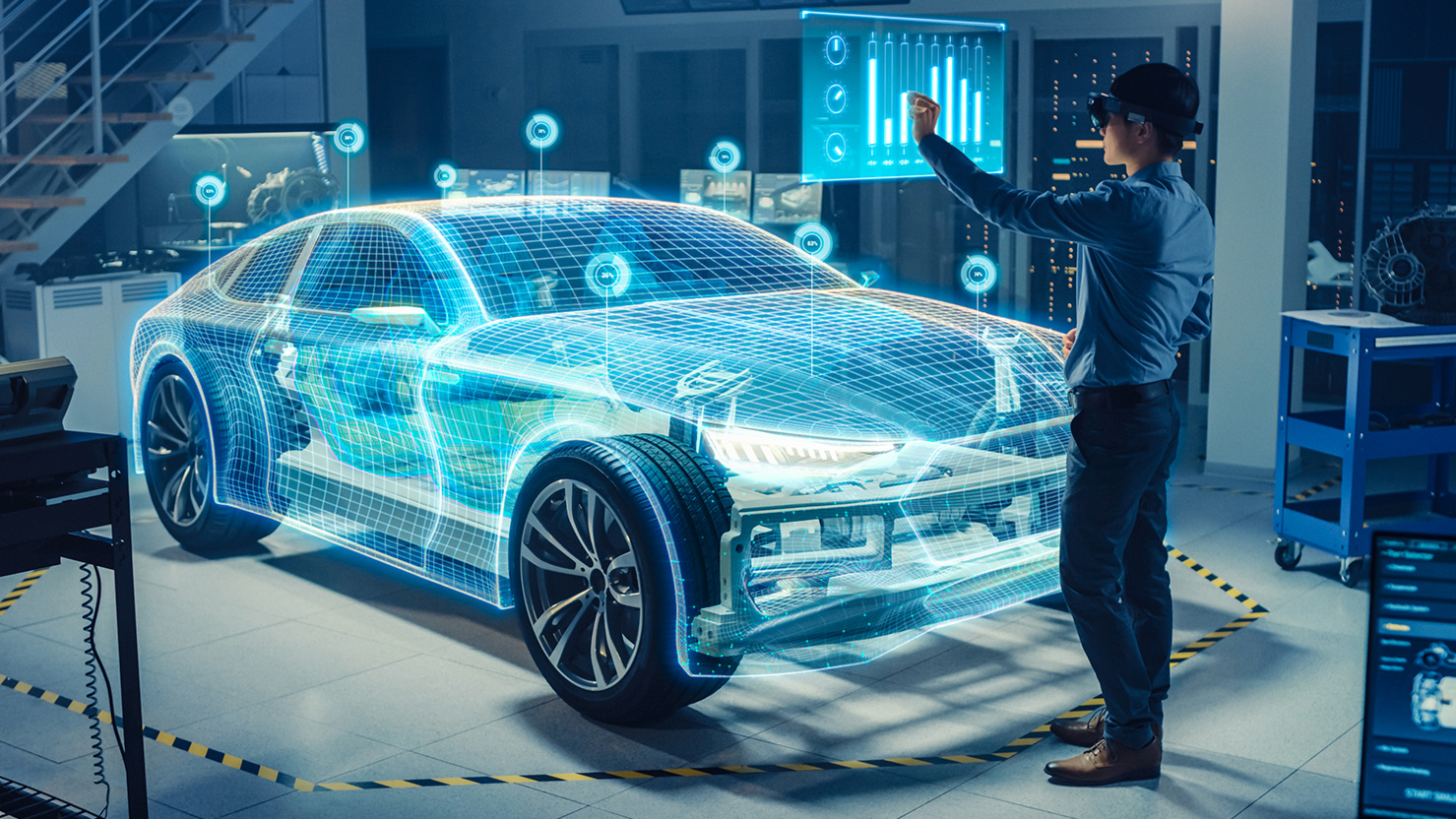
Welcome to the beginner’s guide to car terms, where we’ll explore the fundamental concepts that every aspiring car enthusiast should know. Whether you’re a first-time buyer, looking to lease a car, or simply curious about the world of automobiles, this comprehensive guide will break down essential terms and concepts. Let’s get started.
Basic Car Terms
Use Case
Cars are broadly classified into two use cases: Personal Transport and Commercial Transport
Cars for personal use are generally equipped with a lot of features and seats to accommodate more people depending on the segment. In terms of price, personal-use cars are more expensive than commercial vehicles.

Cars in the commercial sector have a bare-bones approach to the build and features. These haulers generally have fewer seats and more cargo space to move stuff around. As a result, they cost less than personal vehicles.
Segments
Automotive segments categorize vehicles based on their body styles and sizes, with SUVs, hatchbacks, and sedans being the most common of the entire portfolio.
- A hatchback is generally a small car with room for a maximum of 5 people including the driver. It also offers decent boot space making it ideal for an everyday car.
- Sedans offer more space than hatchbacks, but only in terms of boot space. However, the seating capacity remains the same.
- SUV stands for Sports Utility Vehicle. These vehicles are generally large with off-road capabilities to go over any terrain mud, road, snow, sand, etc. It also offers more space than a hatchback or a sedan with three-row seating.

- MPV stands for Multi-Purpose Vehicle and is also commonly known as people carriers in the personal vehicle segment. They can take in a maximum number of passengers and offer great practicality with ample storage space. MPVs are ideal as family cars.
Planning to buy a new car? Here is DubiCars’ new car section to research cars before making your purchase decision.
Trim
Trim refers to variants of a car model. Different trims will have different levels of features available for a particular car model, offering various combinations of interior and exterior enhancements. Most of the time the difference between trim levels will be associated with the number of features offered as standard. However, in some cars, the engine and gearbox also differ with each trim level.
Options
Options are additional features or accessories that can be added to a vehicle beyond its standard configuration. This allows customers to personalize and add more features or beautify their cars. In most cases, optional extras add to the overall cost of the vehicle.

Lease A Car
Leasing a car involves renting a vehicle for a specific period, usually a few years, with fixed monthly payments, offering flexibility and access to newer models. After the lease period, most of the time there is an option to buy the car by paying the difference amount. Alternatively, you can also buy a used car to save on your next car purchase. Here is a complete guide to buying a used car in the UAE.
Warranty
A warranty is a guarantee provided by the manufacturer, covering the repair or replacement of the car in case there are manufacturing defects. In the current era of EVs and Hybrid vehicles, the warranty will include battery-related issues as well. Here are all the details about the documentation required to buy a car in Dubai.
Car Service & Annual Maintenance Contract Package (AMC)
Cars include moving parts that would require regular maintenance. This includes changing engine oil, inspection of brakes, and other necessary repairs to keep the vehicle in optimal condition.
The cost of servicing a car can vary by brand, model and segment. To keep the cost low, some manufacturers offer Annual Maintenance Contracts (AMC) offering up-front discounts on spares that are not covered under warranty and have to be replaced because of normal wear and tear. It is good to keep a tab on the condition of your car regularly. You can get your car checked at Tasjeel centers in the UAE to check if it is in good shape.

Different Fuel Types
Cars can be powered by various fuels, such as petrol (gasoline), diesel, or compressed natural gas (CNG), each with its advantages and disadvantages. Petrol and diesel are regarded as the most common fuel for cars in the world. However, using fuels will increase carbon emissions. As a result, many of the cars on sale today are powered by electricity using a battery or a combination of fuel and battery called hybrid powertrain.
Technical Car Terms
Powertrain
- The powertrain is a vehicle’s mechanism that delivers power to the wheels, including the engine, transmission, and drivetrain components.
- For an internal combustion engine, the powertrain will include an engine powered by any of the fossil fuels paired with a transmission. This includes hybrid cars as well.
- For a pure electric vehicle, the powertrain will include electric motors and a battery pack along with a simple transmission.
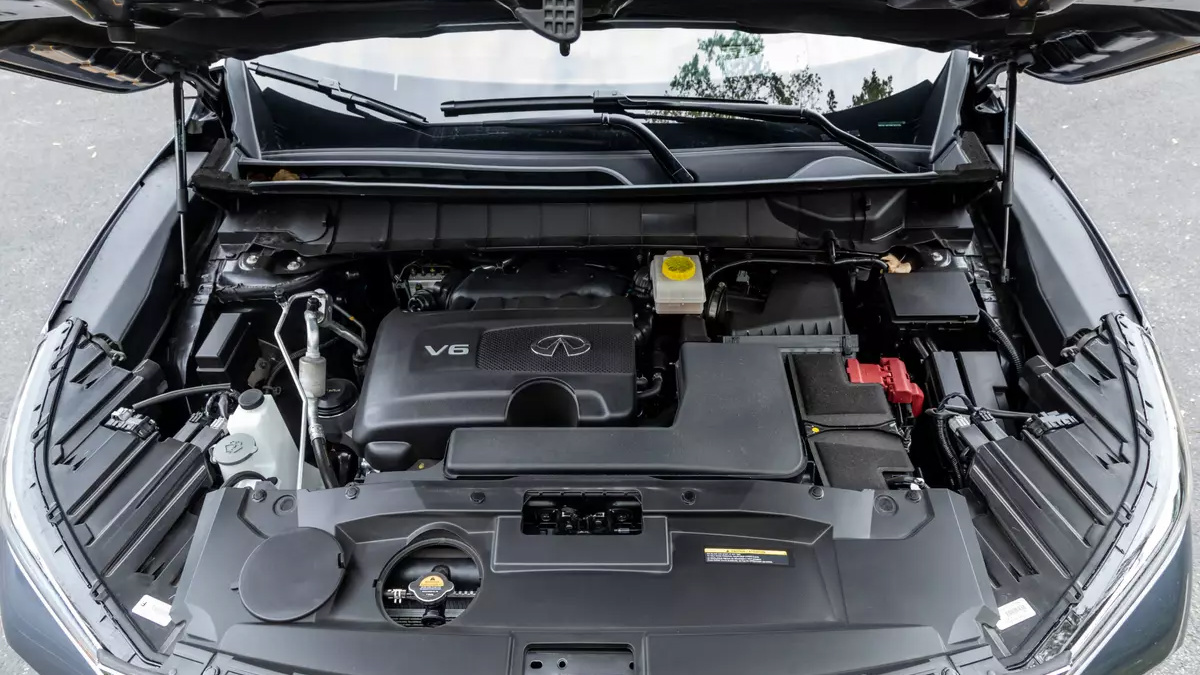
Engine Sizes
Engine size refers to the total volume of all the cylinders in an internal combustion engine and is typically measured in litres (L) or cubic centimeters (cc). A larger engine size generally means more power and torque, while a smaller engine size often implies better fuel efficiency. However, factors like engine technology, turbocharging, and other advancements can influence the performance and efficiency of engines irrespective of the size.
Transmission
The transmission is a system that transfers power from the engine to the wheels, allowing the driver to change gears for various speeds. The engine cannot reduce or increase its speed quickly. As a result, cars use a clutch and a gearbox to regulate the speed of the engine going to the wheels. There are generally two types of transmissions: manual and automatic.
In a manual transmission, the driver has to select the correct gear according to the speed of the car. The gear has to be selected using a gear selector in the middle of the console and a clutch in the foot pedal.
In an automatic transmission, the car will automatically select the gear according to the speed of the car. There is no foot-operated clutch in such cars. However, there will be a gear lever to select the drive mode and ratio.
Hybrid
Hybrid vehicles use a combination of an internal combustion engine and an electric motor to deliver power to the wheels. This results in improved fuel efficiency and reduced emissions as compared to a car with a traditional internal combustion engine. Read our detailed article on owning an electric car vs a hybrid car.

Pedals
With the help of pedals, you can control the speed of a car using your feet. In cars with manual transmission, there are three foot-operated controls: accelerator, brake, and clutch. In automatic cars, there are only brake and accelerator foot-operated controls.
- Accelerator: An accelerator is a foot-operated control in a vehicle that increases the car’s speed.
- Brake: A brake is a system in a vehicle that slows down or stops its motion. The brake is applied by the driver using the pedal manually.
- Clutch: A clutch is a device that engages and disengages the engine from the gearbox, allowing the driver to change gears and control the power delivered to the wheels.
Hand Brake (Parking Brake)
A hand brake, also known as a parking brake or emergency brake, is a secondary braking system in a vehicle. The hand brake is manually operated, typically using a lever or button. Its main purpose is to immobilize the vehicle when parked, especially on inclines or slippery surfaces, or in emergency situations if the main braking system fails.
Exhaust Systems
An exhaust system directs engine exhaust gases out of the vehicle, comprising pipes, a catalytic converter, a muffler, and a tailpipe. It reduces noise, controls pollutants, and may impact sound and performance, with options like Valvetronic without aftermarket changes.
High-end cars also feature an active exhaust system that features a type of valve, which will be used to modify the sound and performance characteristics of a vehicle’s exhaust note. These valves are electronically controlled and are placed inside the exhaust pipe.
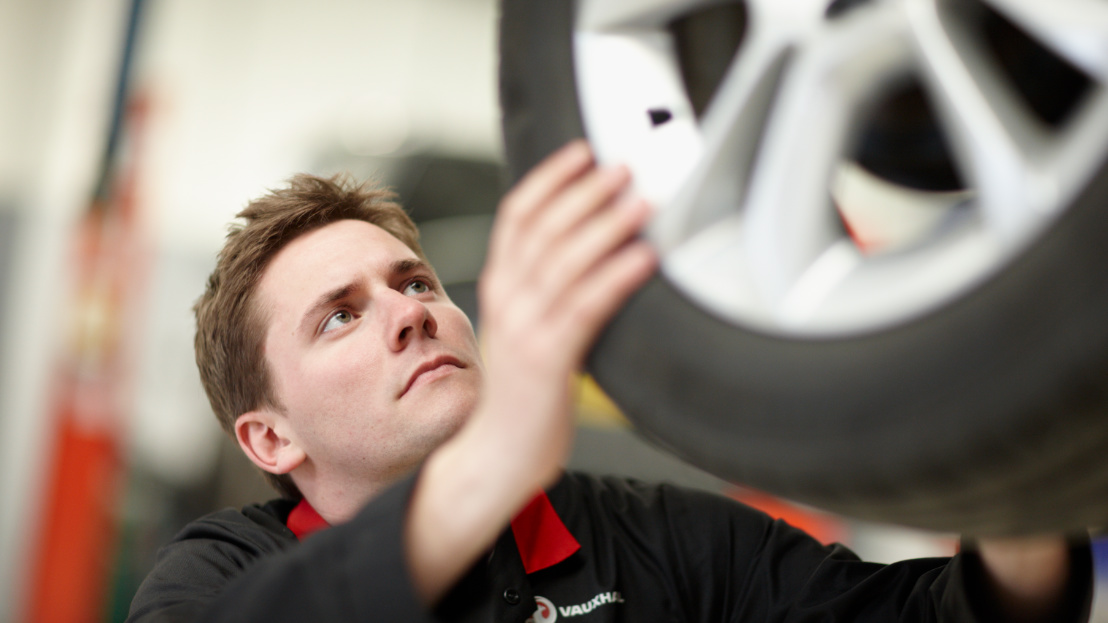
Wheel Sizes
Wheel size refers to the diameter of a vehicle’s wheels, typically measured in inches. It is a crucial specification that impacts the car’s performance, handling, and ride comfort. Larger wheels offer a sportier appearance and may improve cornering abilities, but they can also lead to a firmer ride. Smaller wheels often provide a more comfortable ride but might not have the same aesthetic appeal or handling characteristics. Manufacturers specify the recommended wheel size for each vehicle model, and it’s essential to choose the appropriate size based on the car’s design and intended use.
Car Driving Terms
- Gauge: They are instruments placed on the dashboard that display various vehicle metrics, such as fuel level, speed, and engine temperature.
- ODO (Odometer): It is a device that measures the distance a vehicle has traveled, displaying the total mileage on the dashboard.
- Climate Control: The system will regulate the temperature and airflow inside the car’s cabin for a comfortable driving experience.
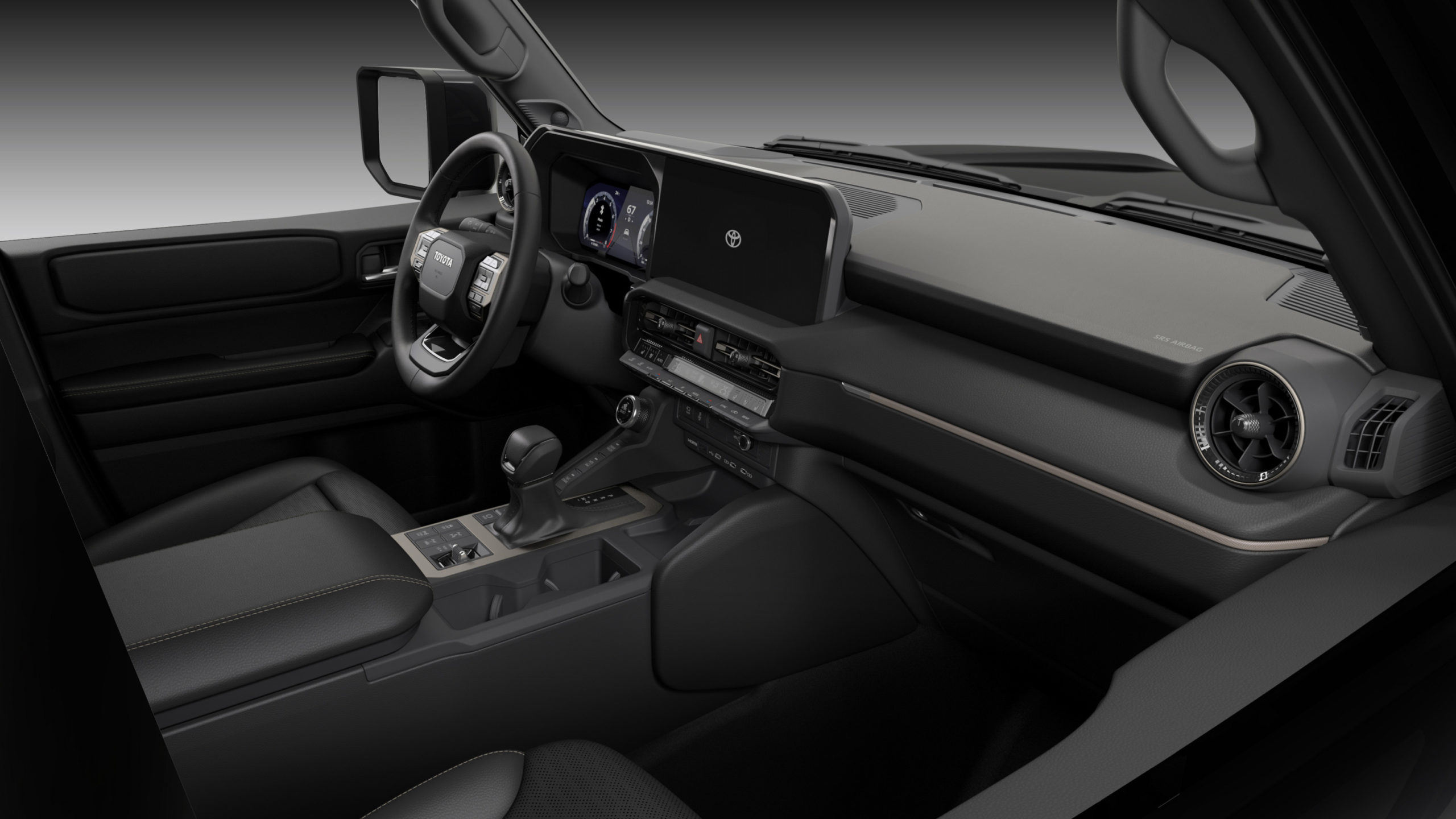
- Mirrors: They are the most simple yet important part of the car. Mirrors on a vehicle, including side mirrors and rearview mirrors, help the driver see the surroundings and other vehicles.
- Infotainment: It is a component placed on the dashboard of a car that integrates entertainment and information features, such as music, navigation, and connectivity, into the car’s dashboard.
- Navigation: These systems provide real-time directions and maps to help drivers reach their destinations efficiently. They are usually part of the car’s infotainment system.
- Window Tint: Tinting involves applying a dark film to car windows, providing privacy, and UV protection, and reducing heat inside the vehicle.

There you have it, those are some of the basic terms of a car. We will continue the series of automotive terms and go in-depth into each term of a car. Stay tuned to DubiCars Blog for more such articles.
Planning to buy a new car? Here are 7 important steps that you should follow before taking delivery of your car from the showroom. Also, check out used cars on sale in the UAE and new cars on sale in the UAE.


